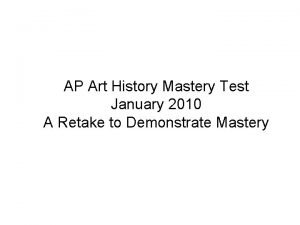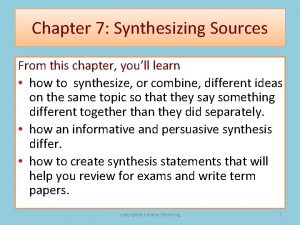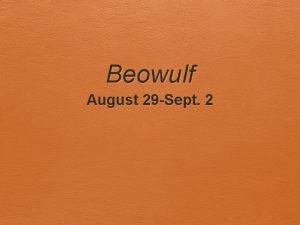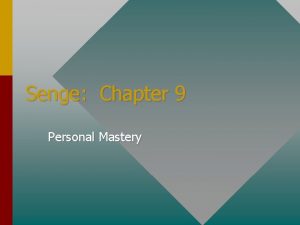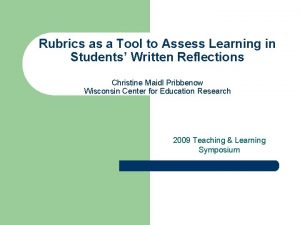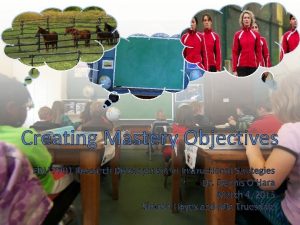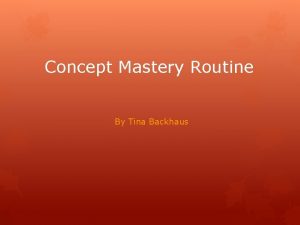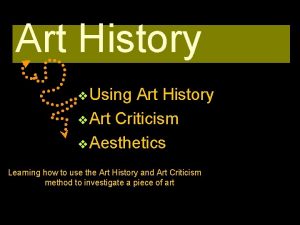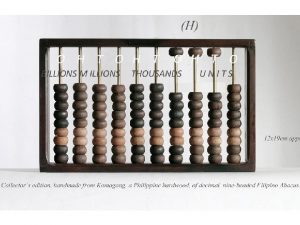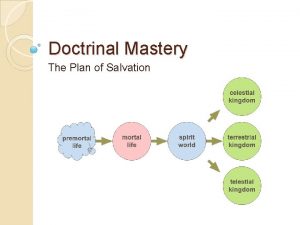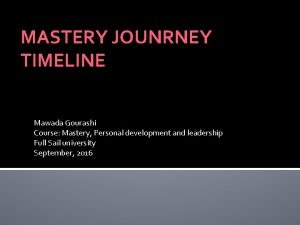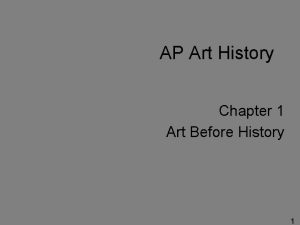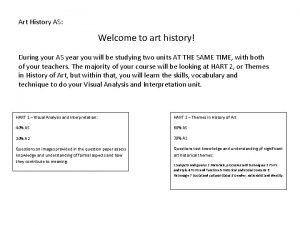AP Art History Mastery Test January 2010 A























- Slides: 23

AP Art History Mastery Test January 2010 A Retake to Demonstrate Mastery

There are seven pairs of art. You must write about five pairs. Please write your answers on a separate sheet of notebook paper.

Pair One Please discuss these two structures. Please consider the purpose, the architectural style, and the patron(s) who commissioned each.

Taj Mahal, Agra, India Mughal period 1632 -1648 Amiens Cathedral begun in 1220; almost “complete” by 1375

Pair Two Please discuss these two representations of mythic females.

Sandro Botticelli The Birth of Venus 1484 -86 Geisha as Daruma Crossing the Sea Suzuki Harunobu Edo period mid-18 th century color woodcut

Geisha as Daruma Crossing the Sea Suzuki Harunobu Edo period mid-18 th century color woodcut


Pair Three Please discuss how each artist represents the landscape. Please consider issues like how the figure is represented in the landscape, what the artist may be trying to argue with this representation of the landscape, and way that the artist creates the illusion of depth (perspective).

Hunters in the Snow (January) Pieter Bruegel the Elder 1565

Landscape Shitao Leaf from an album of landscapes Qing dynasty c. 1700 Ink and color on paper

Pair Four In each of these two works, the artist is making an argument that is based on the doctrines of their religion. Please uncover each argument and please discuss how the work makes this argument visually. You will, of course, have to touch on each religion to provide context for your discussion.

Matthias Grunewald 1510 -1515 center panel from the Isenheim Altarpiece: Crucifixion

Monk Sewing Ninga Kamakura period, early 14 th century ink on paper

Pair Five Please compare these two works.

Duccio di Buoninsegna 1278 -1318 (active) Maesta Altarpiece 1308 -1311 Siena detail: Entry into Jerusalem

Hour of Cowdust Punjab Hills, India Mughal period c. 1790 gouache on paper

Pair Six Please compare the tone of each of these landscapes. Make sure that you offer visual evidence that allows you to link your assertions about tone to the actual work itself.

Johannes Vermeer View of Delft 1659 -1660

Landscape Bunsei Muromachi period, mid-15 th century hanging scroll, ink and light colors on paper

Pair Seven Please compare these two works and discuss the word “naturalism” and how it applies to each. Please offer an argument about what this naturalism reveals about the artist’s working methods and the artist's intent (what do you believe the artist is trying to accomplish in each case—what is the purpose of this use of naturalism? ).

Albrecht Durer The Negress Katherina 1521 silverpoint drawing on paper

Yoruba head of a king c. 13 th century CE zinc brass
 History of art: mastery test
History of art: mastery test Synthesizing and citing sources: mastery test
Synthesizing and citing sources: mastery test Chapter 3 mastery test a answers
Chapter 3 mastery test a answers Ode to the west wind quiz
Ode to the west wind quiz Which is the best paraphrase for this passage from beowulf
Which is the best paraphrase for this passage from beowulf Mastery connect/bubblesheet
Mastery connect/bubblesheet Emily brontë mastery test
Emily brontë mastery test Competency model in hrm
Competency model in hrm Mastery learning definizione
Mastery learning definizione Maths mastery year 3
Maths mastery year 3 Personal mastery senge
Personal mastery senge Mastery rubric
Mastery rubric Doctrinal mastery core document.
Doctrinal mastery core document. Helpless orientation
Helpless orientation Mastery connects
Mastery connects Mastery connect
Mastery connect Avagment
Avagment Mastery objectives examples
Mastery objectives examples Content mastery classroom
Content mastery classroom Tina backhaus
Tina backhaus Is the desire to make significant accomplishments
Is the desire to make significant accomplishments What are the 5 levels of mastery?
What are the 5 levels of mastery? Why was the pundit surprised
Why was the pundit surprised Student. mastery connect.com
Student. mastery connect.com
